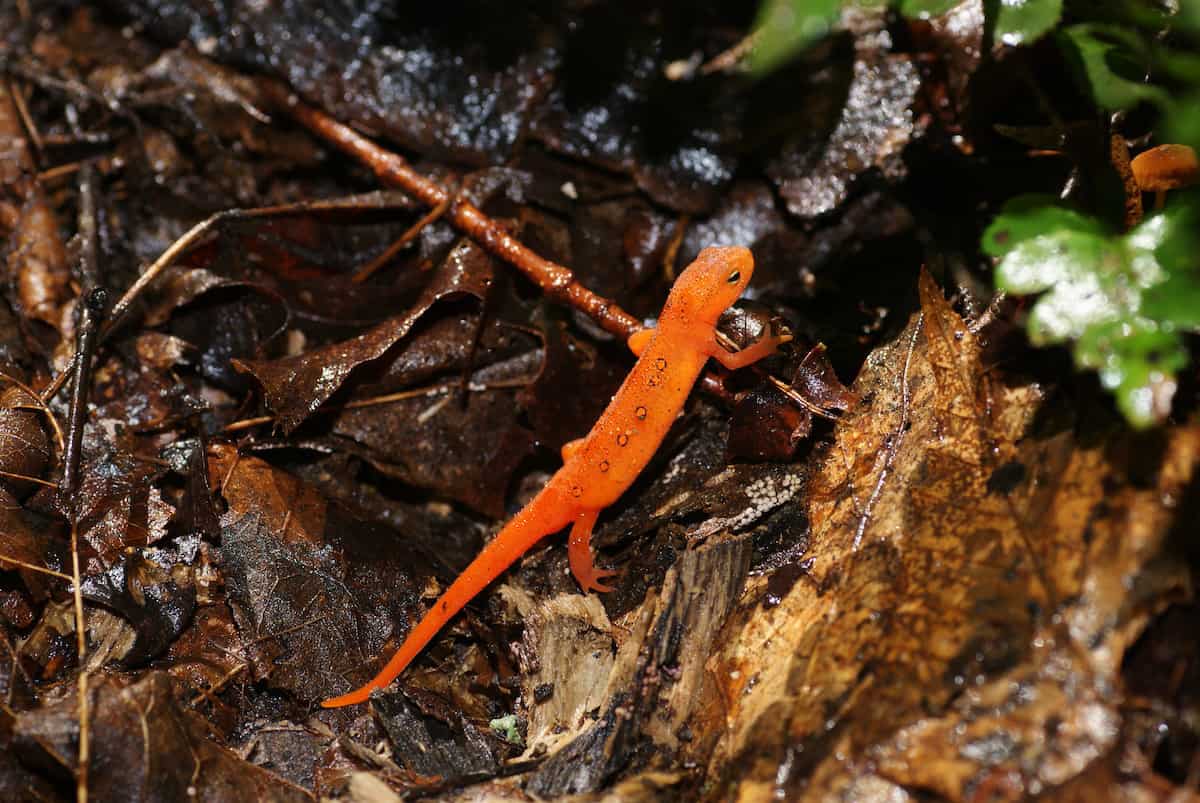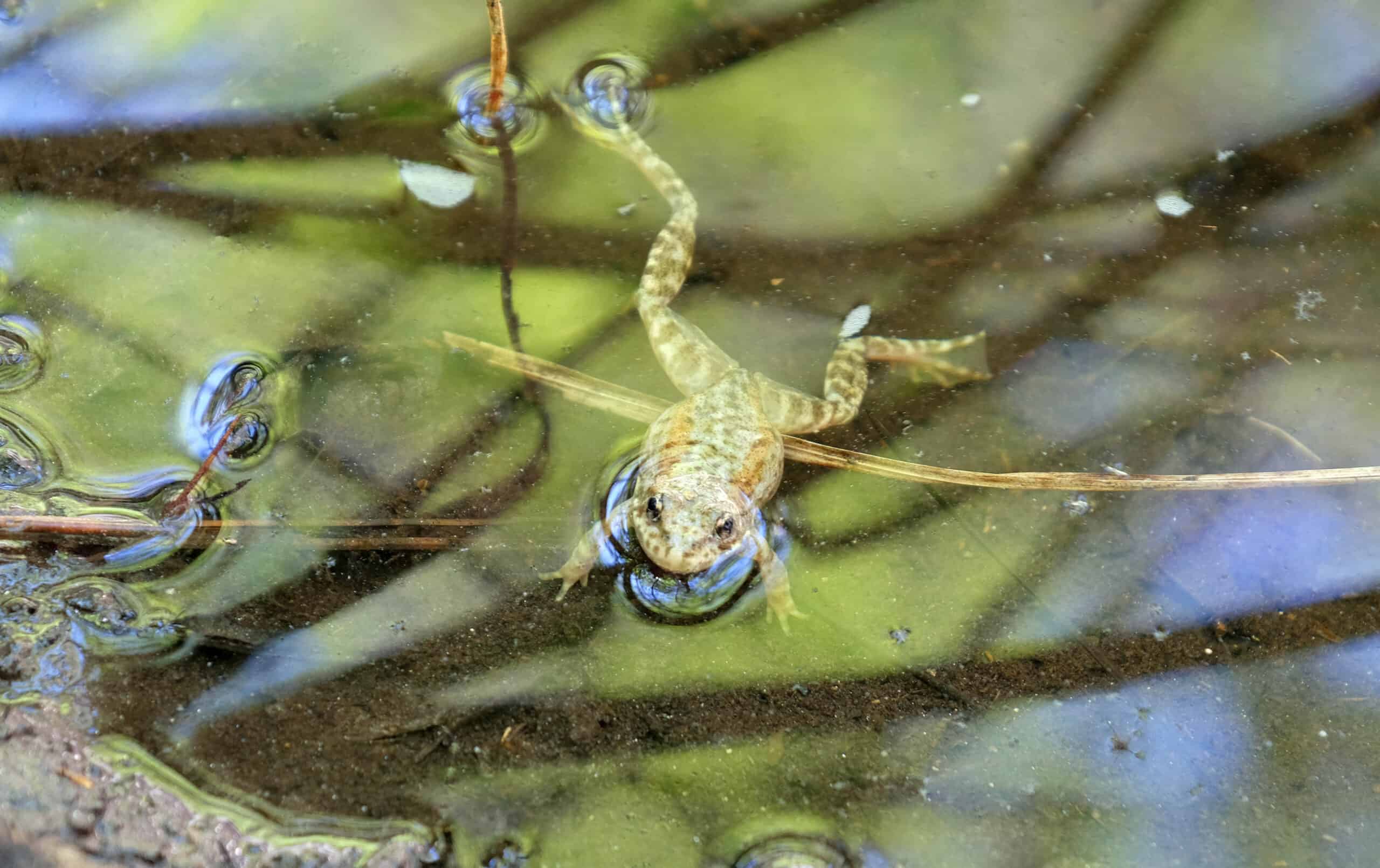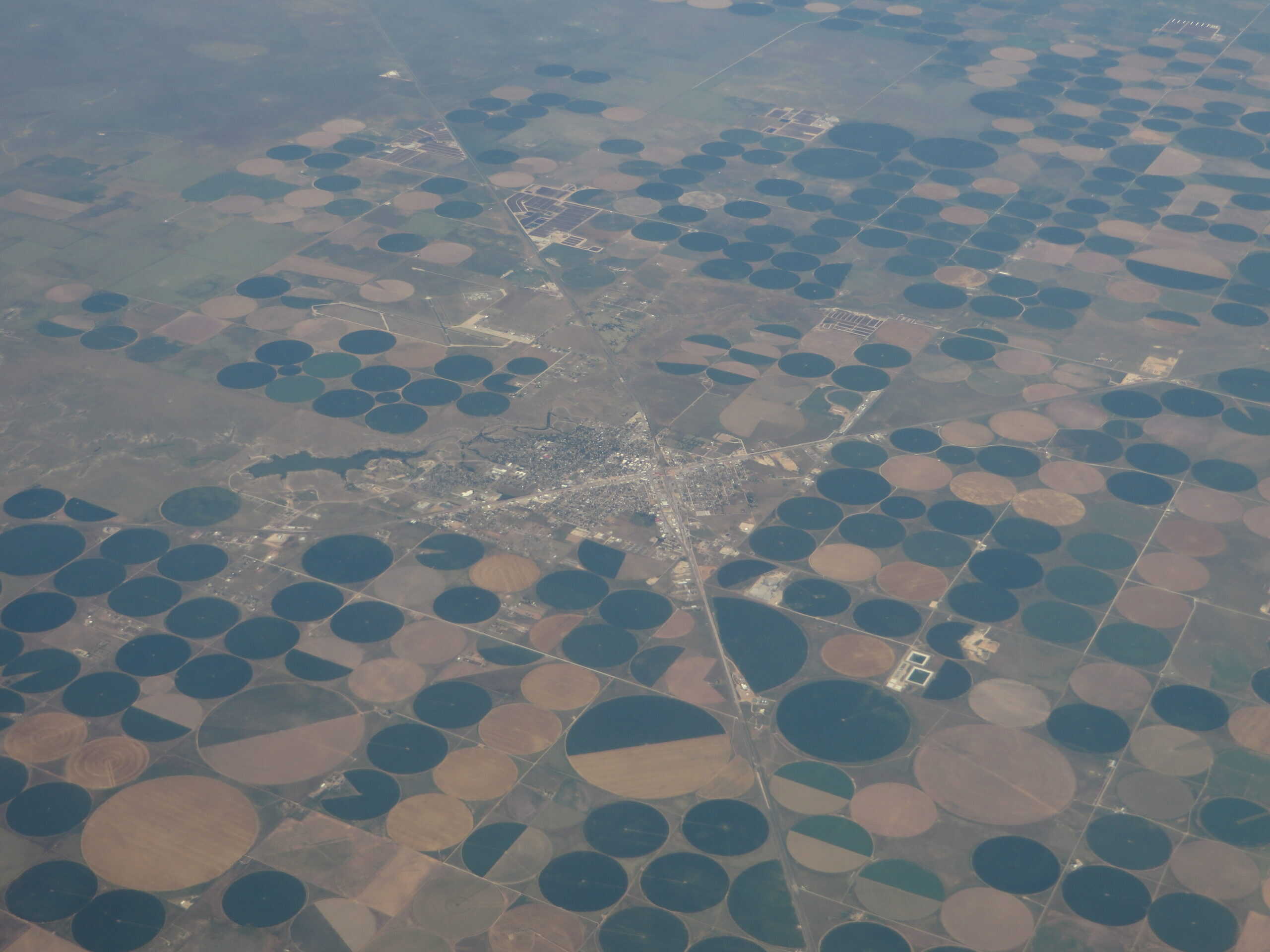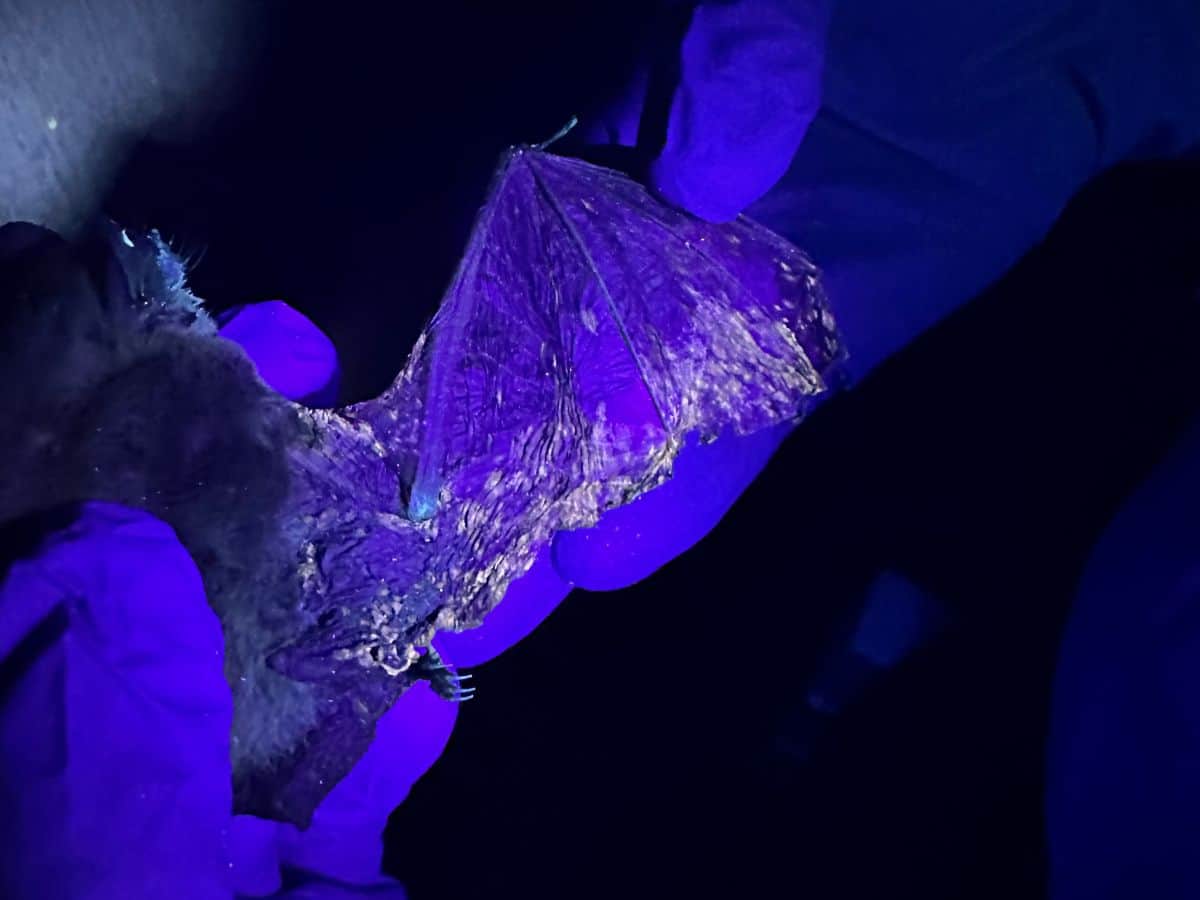Share this article
Wildlife Featured in this article
- Eastern newt
A looming fungal disease poses a major threat to North American salamanders
The pathogen Bsal could cause declines in 140 species
A fungal disease spreading throughout Europe could devastate salamanders and other amphibians if it reaches wild populations in North America, researchers found.
Their study, published in Nature Communications, found that 140 salamander species in North America—including 80 in the United States—could experience population declines, including some species that are very common and others that are very rare. Researchers believe it could wipe out the eastern newt (Notophthalmus viridescens), one of the most common salamanders on the continent and a species that is particularly vulnerable to the disease.
“There would be iconic species that would be lost and there would be very common species that would decline and, I’m sure, be extirpated in populations,” said Matt Gray, the lead author and a professor of wildlife health at the University of Tennessee.
The fungal pathogen Batrachochytrium salamandrivorans, or Bsal, has already spread through amphibian populations in Europe—both in the wild and in the pet trade. Many researchers consider it inevitable that amphibian trade, which includes millions of animals each year, will bring it to North America.
“It could be out there right now, to be honest with you,” Gray said. “I don’t mean to be an alarmist, but it does concern me.”
That’s particularly worrying since the United States is considered a global hotspot for salamanders, which are the most susceptible amphibians to the disease. Areas like the southern Appalachians and the Pacific Northwest have some of the world’s highest concentrations of salamanders. And the conditions that benefit amphibians in those regions also allow Bsal to thrive.
“It could be out there right now, to be honest with you.”
Matt Gray, professor of wildlife health at the University of Tennessee
The pathogen has yet to be detected in the wild in North America, though. Unlike with other wildlife diseases that arrived without warning—like chronic wasting disease spreading among deer, elk and other ungulates; white-nose syndrome devastating bat populations; and snake fungal disease affecting several snake species—researchers and managers have had the opportunity to prepare for Bsal, which was discovered 10 years ago in fire salamander populations in Europe.
“This is one of the first opportunities we’ve had as wildlife biologists to actually study a pathogen before emergence,” said Gray, who along with other authors on the study began evaluating the risk to North American amphibians in 2016.
In the latest study, researchers tested the response of 35 North American amphibian species to the pathogen. They found Bsal caused infection in 74% of the species and mortality in 35% of them. Researchers had previously believed that frogs weren’t susceptible to the disease, but the study found that even some frogs could carry the pathogen—and in some cases die from it.
It mostly affects salamanders, though. And because Bsal erodes the skin, researchers are particularly concerned about how it will affect lungless salamanders, which are common in the Appalachians and breathe entirely through their skin.
To try to control the disease’s spread, researchers are recommending a healthy trade certification program to promote the sale of amphibians that aren’t affected by Bsal and other pathogens.
The pet industry appears to be interested, Gray said. In a study published in June in Business Strategy and the Environment, researchers found U.S. pet businesses were willing to pay more to ensure they were getting disease-free amphibians. Diseases don’t just affect wildlife populations. It can also affect pet sellers’ bottom line. Researchers estimate amphibian diseases cost U.S. businesses about $140 million a year.
Biologists are also looking into ways to deal with the disease in the wild. Plant-derived fungicides using ingredients like garlic and curcumin could be used to treat individuals or possibly even the environment, Gray said, and increasing plant complexity under water could decrease amphibians’ ability to spread the disease.
Header Image: Eastern salamanders are among the species most susceptible to Bsal. Credit: University of Massachusetts Boston








